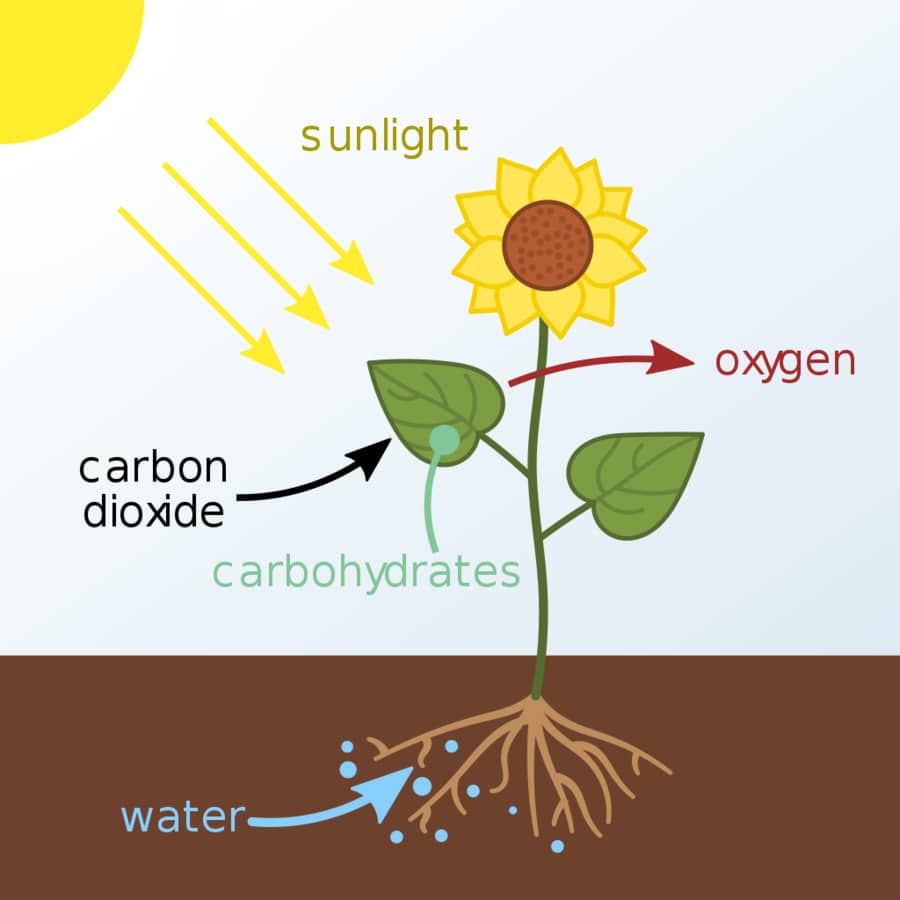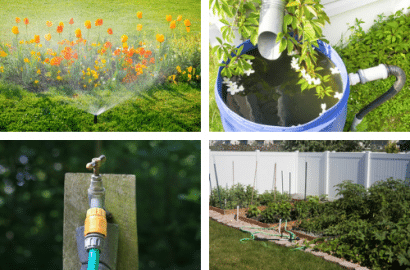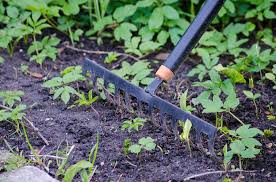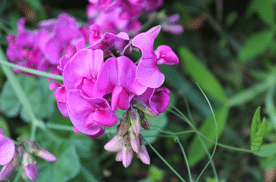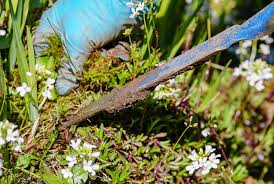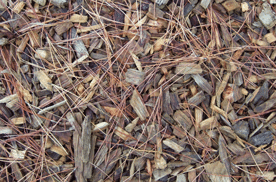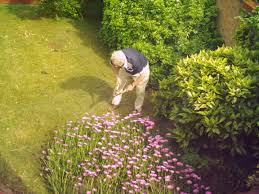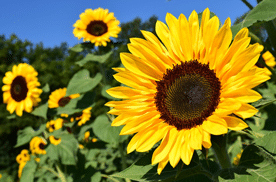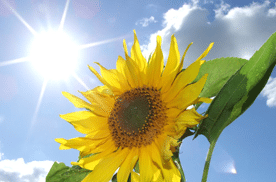Homeowners 101: What To Do With Mulch
Making mistakes when mulching can maintain your dirt from gaining advantages such as saving dampness, suppressing weeds, reducing erosion and lowering water drainage. Landscape developers as well as researchers supplied their finest pointers for making the most of mulch in your lawn.
Check out mulch in Bucks County
Do’s and Don’t With Mulch
Do usage mulch as an accent
Mulching can assist develop healthy yards but also has a visual value. Choose colored compost that complements the outside colors of your home in the brick, rock, stucco and also siding. For instance, brownish/red ache compost complements brick houses, claims Jeremy Becker, owner of FireFly Landscapes in Kansas City. Utilizing a dark mulch can contrast with flowers, enhancing your landscape layout. Compost also can be used to enhance your landscape style and setting.
What Is Compost and also Which Mulch Should You Use?
Find out from the gardening experts at HGTV about the kinds of mulch to utilize and also where to use them in the garden along with other useful ideas regarding mulch in flower beds and also veggie yards.
Do consider your entire landscape
Some landscapes have large expanses of compost with a couple of shrubs poking around, says Susan D. Day, an associate teacher in the Department of Forest Resources & Conservation as well as Department of Horticulture at Virginia Technology. “You wish to make your landscapes so your hedges cover all of the soil and also you have full vegetative cover. Then use compost to them, to manage wetness,” she says
How To Landscape With Mulch
Consider making use of stone as well as compost to develop interpretation and passion in your next landscape design task.
Do clean it out
If re-mulching a bed, remove some of the old mulch, Becker states. In some cases mulch has actually been contributed to the beds 3 to four times, so he suggests securing some of the mulch that has actually developed with time.
Which Compost is Ideal for Your Backyard? 15 Images
Discover what type of compost is best for your backyard, plus, obtain suggestions on the very best method to purchase compost.
Do fine-tune the thickness
When you obtain near to an edge, such as pavement, stepping rock or tree trunk, thin it out. “There’s no advantage in having a stack of compost alongside a tree vehicle. You intend to taper it down,” Day claims.
Exactly How Deep Should Mulch Be?
Finest deepness of compost depends on the plant. Figure out what’s right for whatever you’re growing, plus obtain even more experienced mulching guidance.
Do experiment with a different mulch
There’s a range of structures, starting with choices such as pine straw and shredded hardwood bark. If you’re seeking a makeover as well as need to update your compost, attempt choices, such as chocolate bean coverings (they scent great too!), nut hulls, recovered palettes that are ground up and also algae.
Don’t overlook bare soil
Scientists are discovering environmental benefits of mulching. Having bare soil on your property will certainly trigger disintegration as well as debris drainage, Day claims. Mulching can aid manage erosion. Research study by Day and also Virginia Tech college student David Mitchell discovered that bare dirt lost regarding 5 times as much sediment as soils covered with mulch
Do not utilize inadequate or too much mulch.
Concerning 3 inches of compost is recommended for beds, as well as Becker suggests mulching two times a year. Mulching with the correct amount each time will assist repel weeds and conserve moisture, which will minimize your requirement to water. One exception is if you use pea crushed rock compost or not natural mulch. After that, you could escape making use of simply 2 inches, Day adds. Another variable is if you have a bed of herbaceous plants that might be also small for 3 inches of mulch.
Do not neglect your trees
Location compost around the base to protect the trunk, specifically if you have younger trees, Day says. Compost rings makes a safety area to minimize threats from various other plants as well as maintain mowers away.
Don’t think you need something underneath
Some individuals may intend to use plastic or geotextiles, such as landscape textile, to separate specific mulches, such as inorganic rock compost, from the dirt, Day says. There’s an idea that black plastic will certainly maintain weeds down. But including a layer of plastic or landscape textile might create much more water overflow and also keep your garden from having a clean, structured look.
If you utilize a natural compost that will break down, like shredded hardwood bark, stay clear of landscape textile due to the fact that you want the mulch to be touching the soil to boost it, Day says. Plastic or landscape fabric could prevent water as well as rainfall from reaching the soil, as well as in fact might boost drainage. Weeds likewise could turn into the landscape material, she adds.
If the compost shifts around or is replaced, the plastic or landscape textile could show via. “It looks horrible when you have plastic or landscape material being revealed under the compost,” Day states.
Do not make use of bad mulch
The most significant pitfall is getting your mulch from an unstable source, Day claims. As an example, compost could be provided with harmful weed seeds in it due to the fact that it was stocked alongside a field of weeds. “You could be spending for that for a long period of time,” she states.

